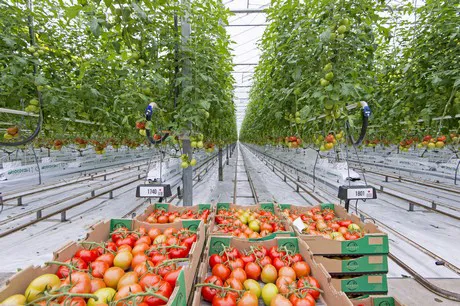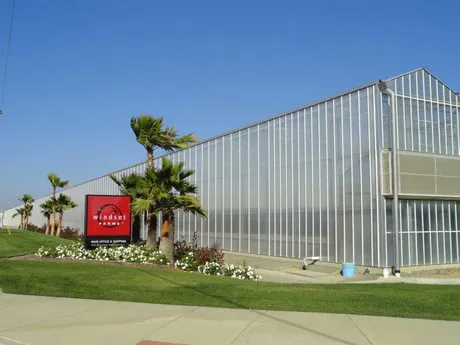Supplies of a variety of greenhouse tomatoes are strong right now.
“Normally in February, the majority of tomatoes--grape, tomatoes on the vine (TOV), beef, roma and all of the medleys--come out of Mexico. From the end of January until March is Mexico’s high season for production,” says Jeff Madu of Windset Farms in Delta, B.C. At the same time, while not at its peak, California and the East Coast greenhouses also have some greenhouse tomato production. (Although this year the chilly temperatures on the East Coast have impacted production on that side of the continent.) “So the majority of tomatoes for the next several months will come from Mexico, which currently has a good supply,” says Madu, adding that current volume is comparable to last year’s volumes at this time.
This is a marked difference from production at the end of 2018. “It was less back in December-January than it’s historically been because Mexico had some poor weather. The Fall was lower than usual, but December-January saw extremely low production causing prices to spike,” says Madu. Now that the temperatures in Mexico have risen, the tomatoes prices have levelled out and there’s both good availability and quality.

Cold impacting demand
Also impacting movement is the affect of weather on the demand throughout the US. “Demand is steady. However, we see waves of it based on weather such as the snow from Seattle to Nogales last week which prevented people from going out to shop,” says Madu. “The East has also been extremely cold over the last couple of weeks which resulted in a situation where there was a large supply, but the actual demand was low because of shopping patterns.” This week however with temperatures on the rise somewhat, demand is increasing again.
Demand also stretches across the categories with two exceptions. “The snacking tomatoes—so the medley, the high-flavored cherries, the grapes—they’re increasing in popularity from East to West,” says Madu. “And we do see a slight decline in beefsteak tomatoes which is normal at this time of the year – less salads and burgers being consumed.”
Of course, with plenty of tomatoes at the moment, the prices have come down since they peaked in January.

Crossover to start
As the market moves into March, prices might possibly soften even more since supply will hit its height for the year. “March to April is the collision. It has the highest production of the year. Canada and the U.S. start in March—we’re starting to pick in Delta, B.C. next week—but Mexico won’t pull out until May-June,” says Madu. “So April to May is the crossover between Canada, the U.S. and Mexico. Prices will be soft and consumer value good at that time.”
Along with value, consumers may also appreciate the increase in environmentally friendly packaging on their store shelves. “A lot of the tomatoes now are packaged in top-seal bowls with film. Seventy percent of our snacking tomatoes are in a top-seal package,” says Madu. “It’s getting rid of the clamshell packaging. They’re still out there but it’s trying to reduce plastic and instead using biodegradable bowls with biodegradable plastic films on top.”
For more information:
Jeff Madu
Windset Farms
Tel: +1 (604) 952-2799
jeff@windset.com
www.windsetfarms.com
